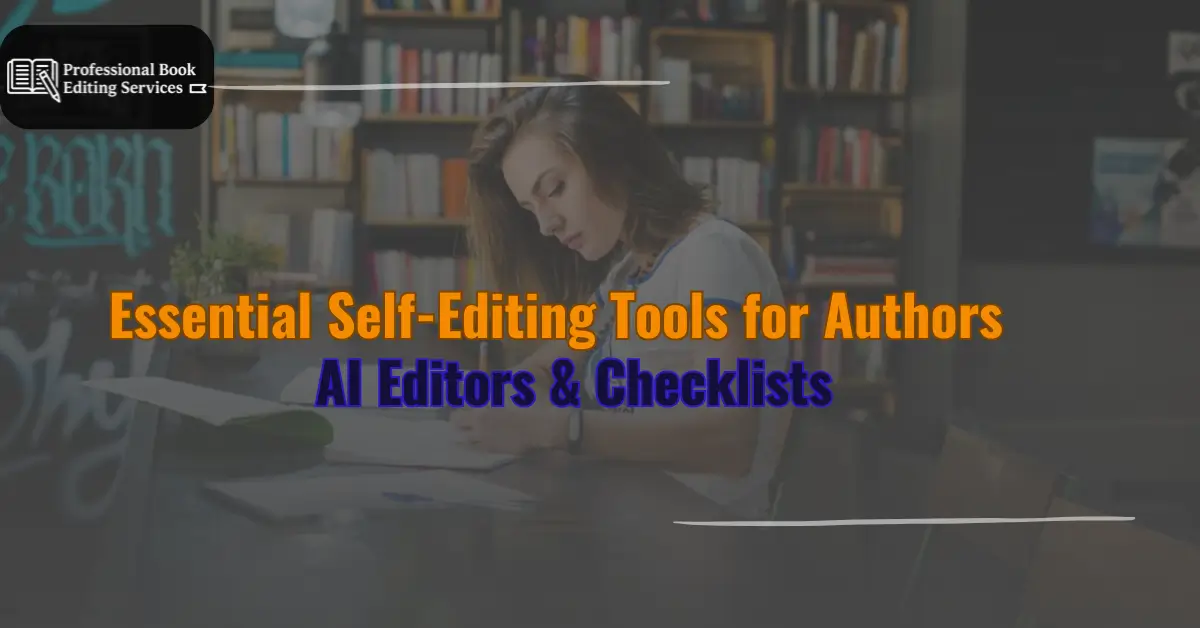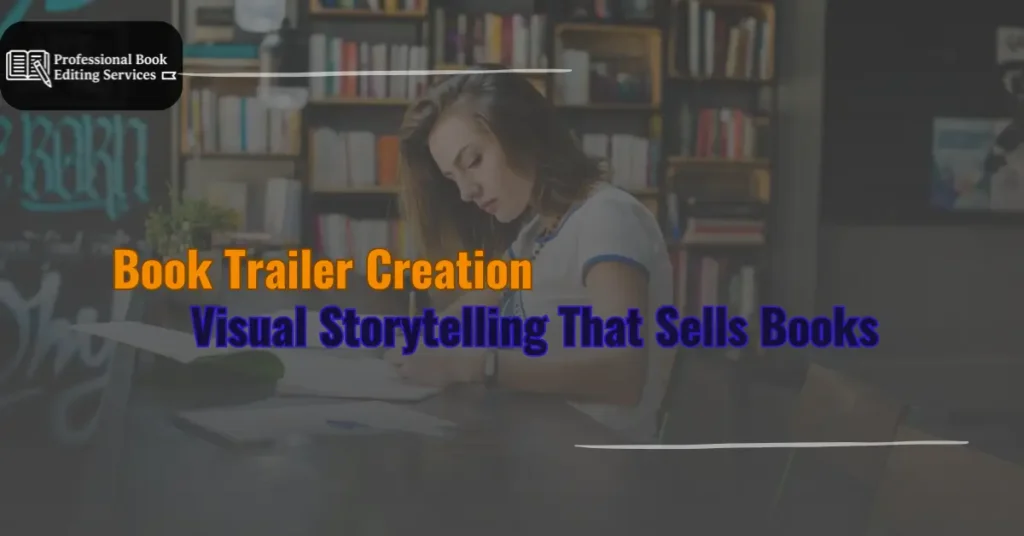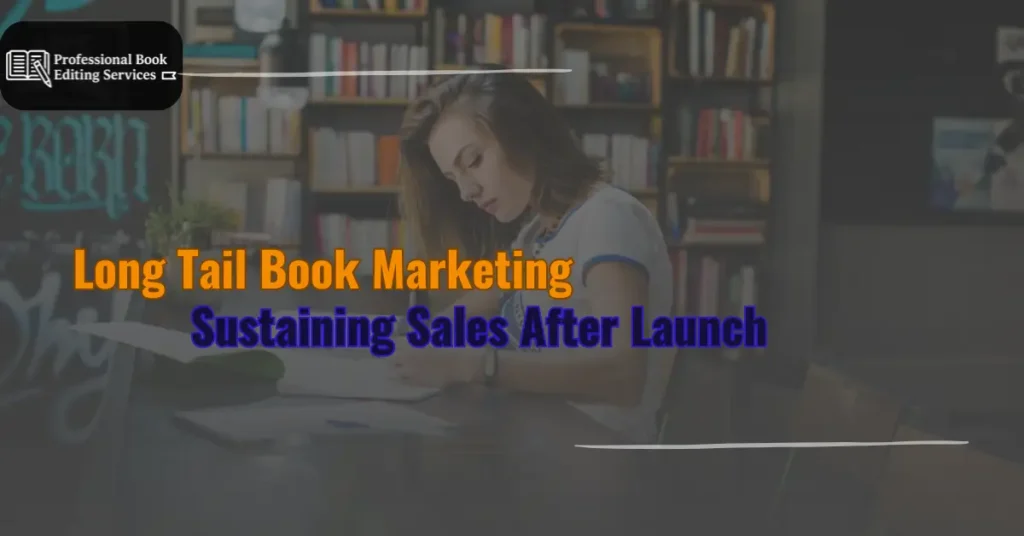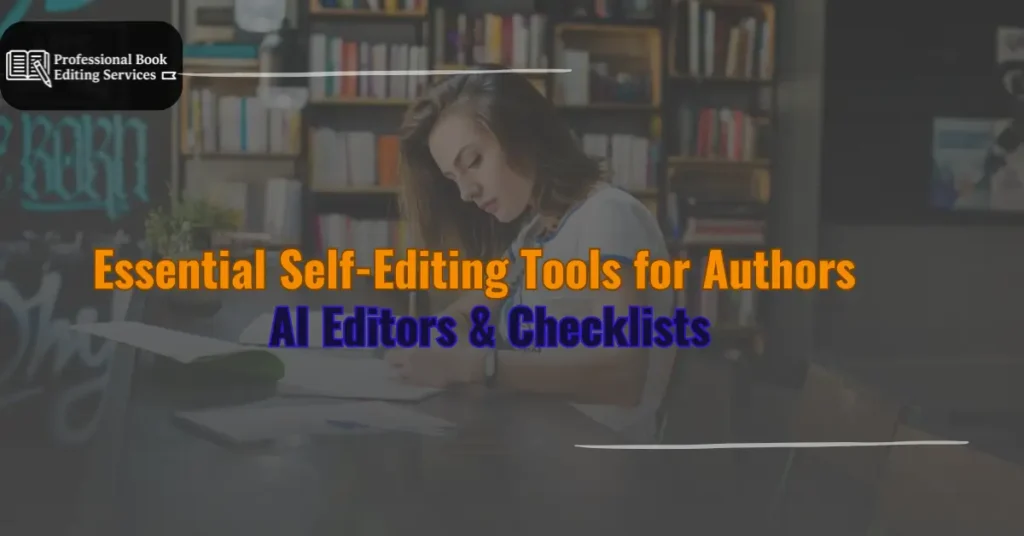Every author knows the feeling of typing “The End” after months or years of writing. But those two words don’t mean the manuscript is ready. In fact, the real work often begins after the first draft. That’s where self editing tools for writers come in.
Whether you’re a first-time author or an experienced one, revising your own work is difficult. You’re close to the material. You’ve read the sentences so many times that they blur. It’s easy to miss repetition, wordiness, or unclear phrasing. That’s why using digital tools for self-editing can help clean up your manuscript before handing it off to beta readers and editors, or a professional editor.
These tools won’t replace a human eye. They can’t evaluate your voice or ensure emotional depth. But they’re useful for catching avoidable mistakes and strengthening early drafts across all genres, from science fiction editing to memoir editing. This guide will explain how self-editing works and the best tools to use if you’re opting to edit your book yourself.
Why Self-Editing Still Matters
Even if you plan to invest in book editing services, it’s smart to submit your cleanest version. Editors can focus on deeper issues, like pacing, structure, and tone, if they’re not distracted by grammar mistakes or awkward wording. Self-editing tools help you reach that cleaner draft faster.
Many writers also find that self-editing improves their craft. Seeing patterns in your errors teaches you how to avoid them. Over time, your first drafts get tighter. And that saves time and costs down the road.
These benefits apply no matter what kind of book you’re writing. In YA book editing, clean prose helps young readers stay engaged. In children’s book editing, it ensures rhythm and clarity. In poetry editing, it sharpens line breaks and flow. And in historical fiction editing, it improves the pacing of information-heavy narratives.
Top Self Editing Tools for Writers
1. Grammarly
Grammarly is a well-known editing tool that checks grammar, punctuation, spelling, and style. It also flags tone issues and gives suggestions for clarity and conciseness. While it’s ideal for surface-level editing, it sometimes overcorrects or misses context-specific nuances.
Writers using Grammarly often find it useful for early drafts of fiction and non-fiction. However, in genres like romance novel editing or thriller editing, where tone and voice matter more, you’ll need to use your judgment on the suggestions.
2. ProWritingAid
ProWritingAid offers more advanced feedback than Grammarly, including suggestions for readability, sentence variety, sticky sentences, and overused words. It’s particularly useful for longer documents and full manuscripts.
This tool also gives in-depth reports, which can be helpful for identifying consistent writing habits, good or bad. If you’re writing a genre that blends voice with complexity, like YA fantasy editing or self-help book editing, these insights are valuable.
3. Hemingway Editor
Hemingway focuses on readability. It highlights long or complex sentences, passive voice, and adverbs. It’s great for authors who want to make their prose punchier and easier to understand.
While Hemingway is not ideal for editing poetic or stylistically dense writing, like in poetry editing or certain narrative essays, it can be a useful checkpoint for any genre where clarity is key.
4. AutoCrit
AutoCrit is tailored for fiction writers. It analyzes pacing, repetition, dialogue tags, clichés, and other elements specific to storytelling. It also allows genre-specific analysis, which is especially helpful in fantasy book editing, thriller editing, or short story editing.
What makes AutoCrit different is that it compares your manuscript to published works in your genre. This can help newer authors understand industry benchmarks.
5. Microsoft Editor and Google Docs Tools
Both Microsoft Word and Google Docs now offer basic grammar and style suggestions. While not as robust as the tools above, they’re always improving. They’re ideal for quick edits or when working on the go.
Writers focused on non-fiction editing may find these tools sufficient for catching common mistakes before turning in drafts to editors or publishers.
How to Use Checklists in Self-Editing
Editing software is useful, but so is a simple checklist. Creating a personalized self-editing list can guide you through your own revision process. A good checklist might include:
- Trim filler words or repetitive phrasing.
- Check consistency in character names and timeline.
- Remove unnecessary adverbs.
- Tighten long sentences.
- Review dialogue for voice and believability.
- Check chapter openings and closings for engagement.
- Eliminate clichés or vague descriptions.
- Look for pacing issues.
In genres like memoir editing, your checklist might also include checking emotional transitions. In science fiction editing, you’ll want to verify consistency in world-building terms. Each genre has specific concerns, but the core principles remain.
When to Stop Editing Yourself
Self-editing can go on forever. But there’s a point where continuing to revise alone leads to diminishing returns. When your changes become minor or when you start second-guessing earlier revisions, it’s time to bring in outside help.
That’s when professional editors add value. They don’t just fix what’s broken; they help elevate the manuscript. Whether it’s a detailed line edit or a full structural overhaul, they work beyond what any software can do.
Authors who use self editing tools for writers effectively often get more out of their editors. The manuscript is cleaner, allowing the editor to focus on nuance, tone, and reader engagement.
Why AI Tools Can’t Replace Human Editors
AI can identify problems. It can even suggest solutions. But it doesn’t understand nuance, subtext, or storytelling. It doesn’t know what makes a character arc powerful or a chapter ending satisfying.
A tool might tell you your sentence is long, but it can’t tell you if it lands emotionally. It might flag passive voice, but it misses the fact that it’s used for effect.
Professional editors, on the other hand, can assess voice, rhythm, pacing, and consistency. In children’s book editing, for example, human editors ensure the language is both simple and rhythmic. In non-fiction editing, they ensure the logic is clear and persuasive. Across genres, they adapt to the writer’s intent, something software can’t do.
Editing tools are assistants. Editors are collaborators.
Editing Tools Across Genres
Every genre has different expectations. Here’s how self editing tools can support authors before handing work off to editors:
- Romance novel editing: Tools can catch clunky dialogue or sentence repetition, but editors refine chemistry and emotional pacing.
- Fantasy book editing: Software might catch overused words, but editors ensure internal logic in magic systems and world rules.
- Thriller editing: AI can help tighten prose, but editors build suspense and manage reveals.
- YA book editing: Tools may catch slang inconsistencies, but editors focus on the authenticity of the teen voice.
- Poetry editing: Limited tool support, as human feedback is essential for meter, image, and rhythm.
- Historical fiction editing: Tools can clean up language, but editors verify facts and balance exposition.
- Short story editing: Software helps with clarity, but editors strengthen arcs and cohesion.
- Self-help book editing: AI may flag unclear phrasing, but editors shape structure and motivational tone.
Even with the best tools, books still need a second set of human eyes. Editors bring insight, experience, and nuance.
Conclusion
Self editing tools for writers are valuable partners in the revision process. They offer grammar checks, style suggestions, and structure reports that help clean up early drafts. Used correctly, they can improve writing habits and prepare manuscripts for the next stage.
But no matter how advanced the software, it can’t replace human judgment. Editors interpret, refine, and elevate. That’s what transforms a rough draft into a professional, publishable book.
Writers who use tools like Grammarly, AutoCrit, or ProWritingAid, alongside a clear checklist, set themselves up for success. And those who follow that with expert book editing services get the best of both worlds: precision and heart, polish and personality.





